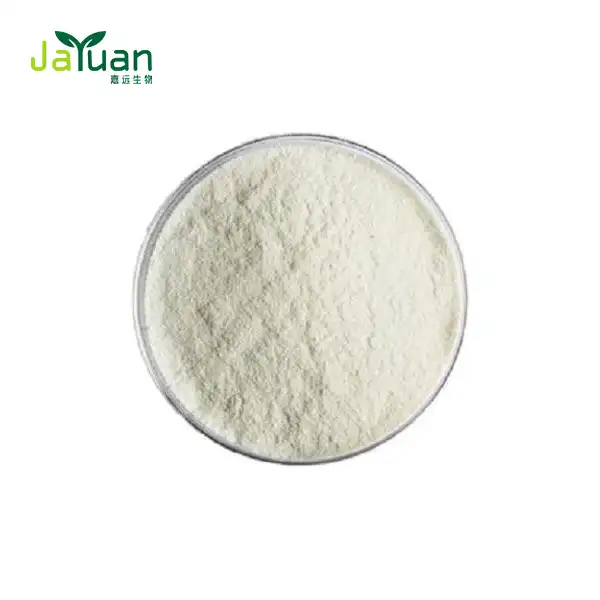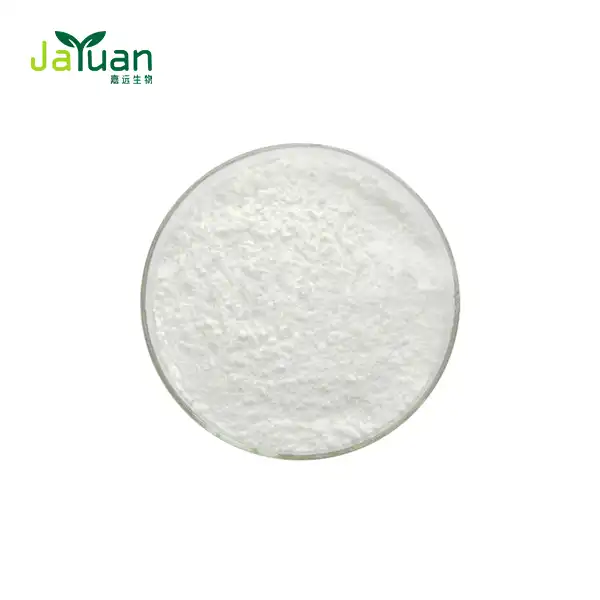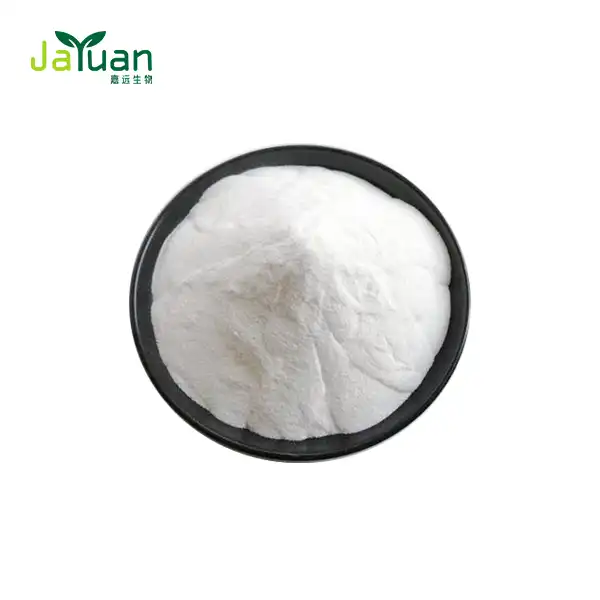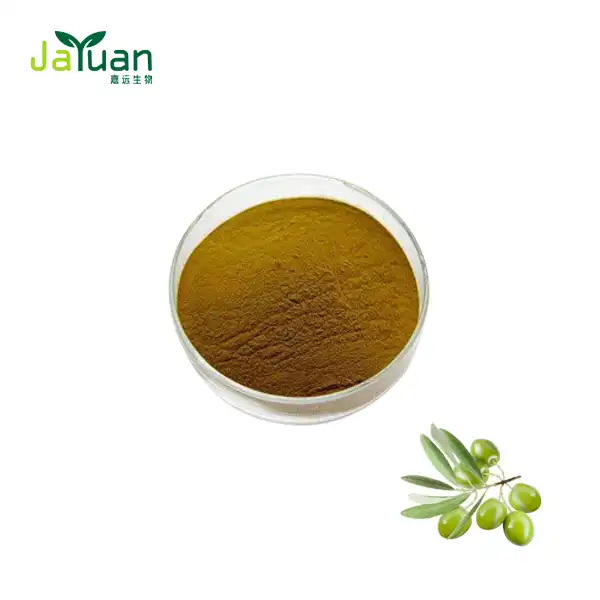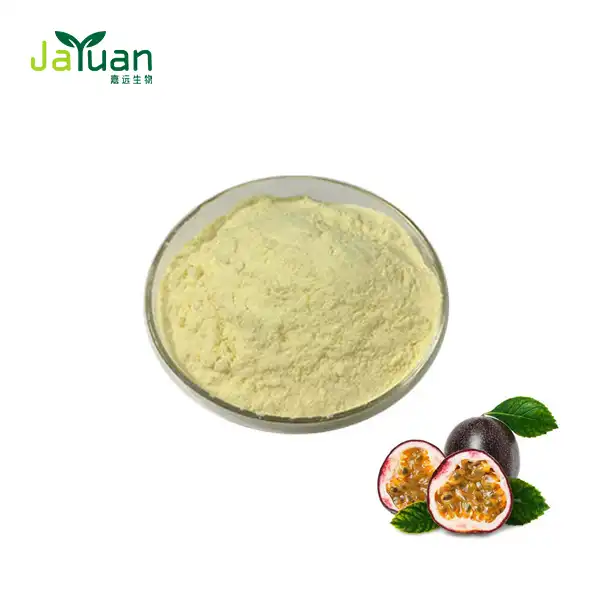How to use peppermint extract?
Peppermint extract is a versatile and potent flavoring agent derived from the leaves of the peppermint plant. Its refreshing and cooling properties make it a popular choice in various applications, from culinary creations to aromatherapy. In this comprehensive guide, we'll explore the myriad ways to harness the power of peppermint extract, with a particular focus on the convenient and easy-to-use form: Peppermint Extract Powder.
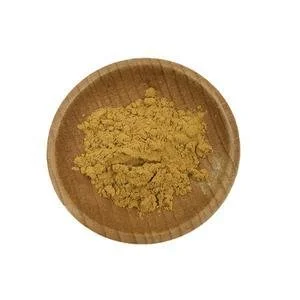
Understanding Peppermint Extract Powder
Peppermint Extract Powder is a concentrated form of peppermint extract, typically obtained through a process of extracting essential oils from peppermint leaves and then spray-drying the resulting liquid. This method preserves the plant's volatile compounds, ensuring that the powder retains the full spectrum of peppermint's beneficial properties.
The powder form offers several advantages over liquid extracts. It boasts a longer shelf life, is easier to measure precisely, and can be incorporated into dry mixes without altering their consistency. Moreover, Peppermint Extract Powder is often more potent than its liquid counterpart, meaning a little goes a long way in your applications.
Culinary Applications of Peppermint Extract Powder
In the culinary world, Peppermint Extract Powder is a versatile ingredient that opens up a range of creative possibilities. Its concentrated form allows you to infuse a burst of minty freshness into dishes without altering their texture or moisture content, making it a convenient choice for a variety of recipes. Whether you’re preparing sweet treats or savory meals, peppermint extract powder can enhance flavors with just a small amount, offering a potent and refreshing minty kick.
For bakers, Peppermint Extract Powder is truly a game-changer. It blends seamlessly into doughs and batters, providing a distinct minty flavor without the need for fresh mint leaves. You can add it to cookie dough for a refreshing twist on traditional chocolate chip cookies, or mix it into brownie batter for a delicious chocolate-mint fusion. Peppermint extract powder is also ideal for making homemade peppermint candies, truffles, or even stirring into ice cream recipes for an added burst of flavor. Its ability to melt into both hot and cold mixtures makes it an incredibly useful pantry staple for sweet creations.
In savory cooking, peppermint extract powder can be a surprising yet delightful addition. A pinch added to a spice rub for lamb or grilled meats can introduce an aromatic, slightly cooling note that complements the rich, savory flavors. It’s also fantastic in yogurt-based dips, where its minty freshness helps balance the heat of spicy dishes like curry or kebabs. If you're feeling adventurous, try mixing a little peppermint powder into pasta dough for a unique twist on traditional Italian recipes, creating a fragrant base that pairs beautifully with light sauces or Mediterranean-style dishes.
Peppermint Extract Powder is a culinary gem that can be used to experiment with both familiar and innovative flavors, making it an essential tool for both novice and seasoned cooks alike.
Beverage enthusiasts will find Peppermint Extract Powder to be an invaluable ingredient. Use it to create invigorating smoothies, minty mocktails, or add a festive touch to hot chocolate. For those who enjoy herbal teas, a small amount of the powder can transform a simple brew into a soothing peppermint infusion.
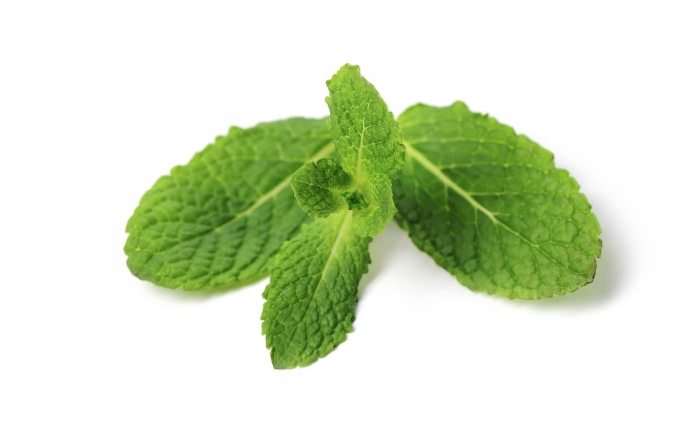
How do I substitute peppermint extract for fresh mint in recipes?
If you’re out of fresh mint but still want to enjoy its refreshing flavor in a recipe, peppermint extract can be a great alternative. However, since peppermint extract is much more concentrated than fresh mint, it’s important to know how to adjust your measurements to ensure you don’t overwhelm your dish with an intense minty flavor. Below are two key considerations for making a successful substitution.
Understanding the Flavor Difference
Fresh mint and peppermint extract offer different flavor profiles. Fresh mint provides a more subtle, natural, and sometimes slightly sweet flavor, while peppermint extract is stronger and more intense, with a sharper minty taste. This difference means that peppermint extract can easily overpower a dish if used in excess. Therefore, when substituting, it’s essential to remember that a little goes a long way.
A general guideline is to use about 1/4 to 1/2 teaspoon of peppermint extract for every tablespoon of fresh mint called for in a recipe. If your recipe calls for minced fresh mint, this would translate to about 1/8 to 1/4 teaspoon of peppermint extract for each tablespoon. You can always start with less and adjust according to your taste.
Adjusting for Texture and Freshness
In many recipes, fresh mint isn’t just about flavor; it also contributes to the texture and visual appeal of the dish. For example, in a salad or dessert, the vibrant green leaves of fresh mint add a fresh, crisp element. When using peppermint extract, you won’t get this texture, so it’s helpful to think about how to balance that. Consider incorporating other ingredients to maintain the dish’s texture, such as a bit of zest from lime or lemon if the recipe involves fruit, or pairing it with a fresh garnish to add a touch of greenery.
Additionally, peppermint extract does not have the same moisture content as fresh mint, which can affect the consistency of some dishes. If the recipe requires the mint to provide moisture (like in sauces or smoothies), you might need to adjust the liquid quantities to compensate.
In conclusion, Peppermint Extract Powder is a versatile and potent ingredient that offers a world of possibilities in both culinary and therapeutic applications. Its concentrated form makes it easy to use and store, while its multifaceted benefits make it a valuable addition to any kitchen or natural remedy toolkit. Whether you're looking to add a minty twist to your cooking, create invigorating beverages, or explore its potential health benefits, Peppermint Extract Powder is a remarkable ingredient worth exploring.
If you're interested in learning more about plant extracts and their applications, don't hesitate to reach out to us at sales@jayuanbio.com. Our team of experts is always ready to provide guidance and high-quality products to meet your needs.
References
- McKay, D. L., & Blumberg, J. B. (2006). A review of the bioactivity and potential health benefits of peppermint tea (Mentha piperita L.). Phytotherapy Research, 20(8), 619-633.
- Nair, B. (2001). Final report on the safety assessment of Mentha Piperita (Peppermint) Oil, Mentha Piperita (Peppermint) Leaf Extract, Mentha Piperita (Peppermint) Leaf, and Mentha Piperita (Peppermint) Leaf Water. International Journal of Toxicology, 20(Suppl 3), 61-73.
- Ferreira, M. S., Rocha, J. E., Costa, J. G., & Coutinho, H. D. (2018). Essential oils of Mentha species as natural antioxidants: A review. Natural Product Communications, 13(6), 1934578X1801300636.
- Meamarbashi, A. (2014). Instant effects of peppermint essential oil on the physiological parameters and exercise performance. Avicenna Journal of Phytomedicine, 4(1), 72-78.
- Kamatou, G. P., Vermaak, I., Viljoen, A. M., & Lawrence, B. M. (2013). Menthol: A simple monoterpene with remarkable biological properties. Phytochemistry, 96, 15-25.

